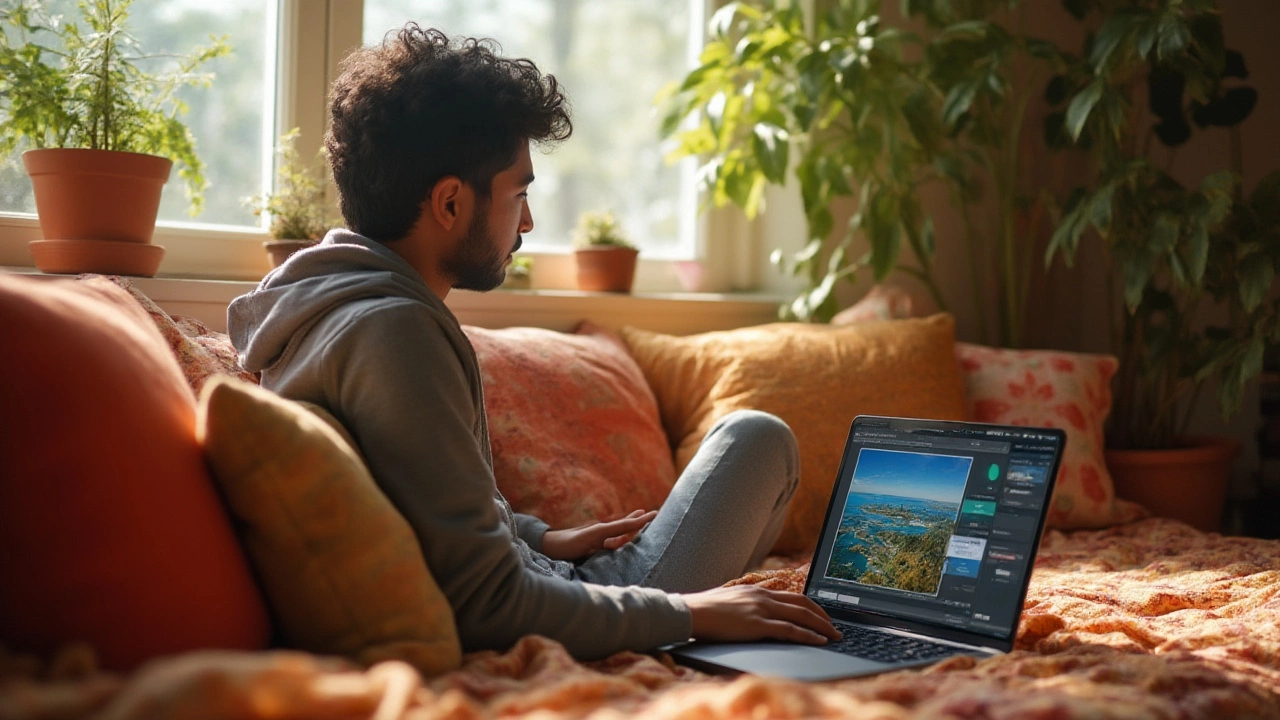Lightroom Tips: Simple Tricks to Upgrade Your Edits
If you spend hours in Lightroom and still feel stuck, you’re not alone. The good news is you can shave minutes off each session and make your photos look sharper with a few easy adjustments. Below are the most useful shortcuts and habits that work for any skill level.
Speed Up Your Workflow
First, set up your own preset panel. Pick the adjustments you use most – exposure, contrast, and basic color balance – and save them as a batch preset. Apply it with a single click on every new import and you’ll have a solid starting point without hunting through sliders.
Next, learn the most common keyboard shortcuts. Ctrl+Shift+E (or Cmd+Shift+E on Mac) opens the Export dialog instantly, while R toggles the crop tool. Press K for the Spot Removal tool and Y to see the before/after view. A handful of keystrokes can cut out mouse clicks and keep you focused on the image.
Use the “Sync Settings” feature to apply edits across a series of similar shots. Select the edited photo, hold Shift and click the last image, then click the Sync button. Choose only the panels you want to copy – usually Basic, Tone Curve, and HSL – and Lightroom will match the look across the whole batch. This saves you from manually tweaking each file.
Improve Image Quality Quickly
One underrated trick is the “Auto Tone” button. It’s not perfect, but it gives a balanced baseline that you can fine‑tune. After hitting Auto, glance at the histogram; if the shadows look clipped, pull the Blacks slider down a notch. If highlights are blown out, lower the Whites slightly.
For crispness, turn on the “Detail” panel and boost the Sharpening amount to around 40‑50, with a radius of 1.0 and masking at 70. This sharpens edges without adding halo around smooth areas. If your image has a lot of noise, especially in low‑light shots, slide the Luminance Noise Reduction up to 30‑40 – just enough to smooth grain without making the picture look plasticky.
Color grading can be done fast with the “Split Toning” panel. Add a warm hue to the Highlights and a cooler tone to the Shadows, then adjust the balance to taste. A subtle 10‑15% shift can give your photo a cinematic feel without a full‑blown LUT.
Finally, don’t forget to export with the right settings. Use JPEG at 80‑90% quality for web, and set the longest side to 2000‑2500 pixels for fast loading. For prints, choose 300 dpi and a larger dimension. Consistent export presets keep your workflow smooth and your files ready for wherever they’ll go.
Try these tips on your next shoot and notice the time saved and the polish added to each result. Lightroom is a powerful tool, but it only shines when you use it efficiently. Keep experimenting, and you’ll find the exact combo that works best for your style.
